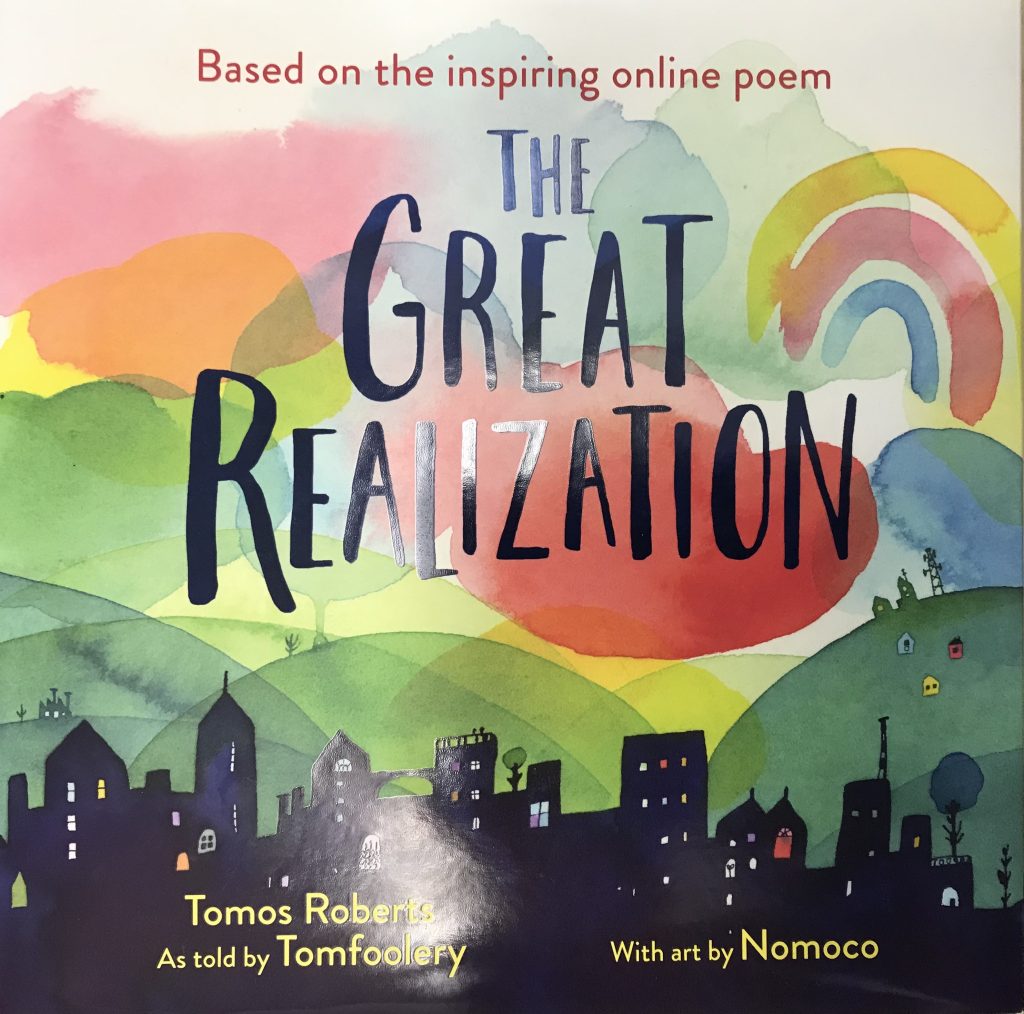
Link to Read-Aloud: https://youtu.be/Nw5KQMXDiM4
Today, in class Ms. Knowlan our student teacher taught a lesson based on the book The Great Realization written by Tomos Roberts. The book is about the pandemic, times of crisis, and the many global issues we are facing today. It also highlights how the pandemic has helped us open our eyes to some of these global issues during the global pandemic.
A few questions we discussed as a class were:
What do you think the meaning of this poem is?
What are some things that resonated with you?
In the video how does the relationship between Roberts and his siblings influence his message, choice of words, delivery and impact?
Does Tomos Robert paint a positive or negative picture?
Do the illustrations from the book change your perception or understanding?
Why do you think the author chose the title “The Great Realization”?
What are some key issues he identifies?
How does he portray the world after lockdown?
What does he mean by “hindsight’s 2020”?
For the next lesson we will be partnered up and asked to write and illustrate our own poems on global issues affecting us today (poverty, pollution, climate change, inequality, technology consumption, war, natural disasters, over population, corruption, etc.).
Blogpost written by: A.W.
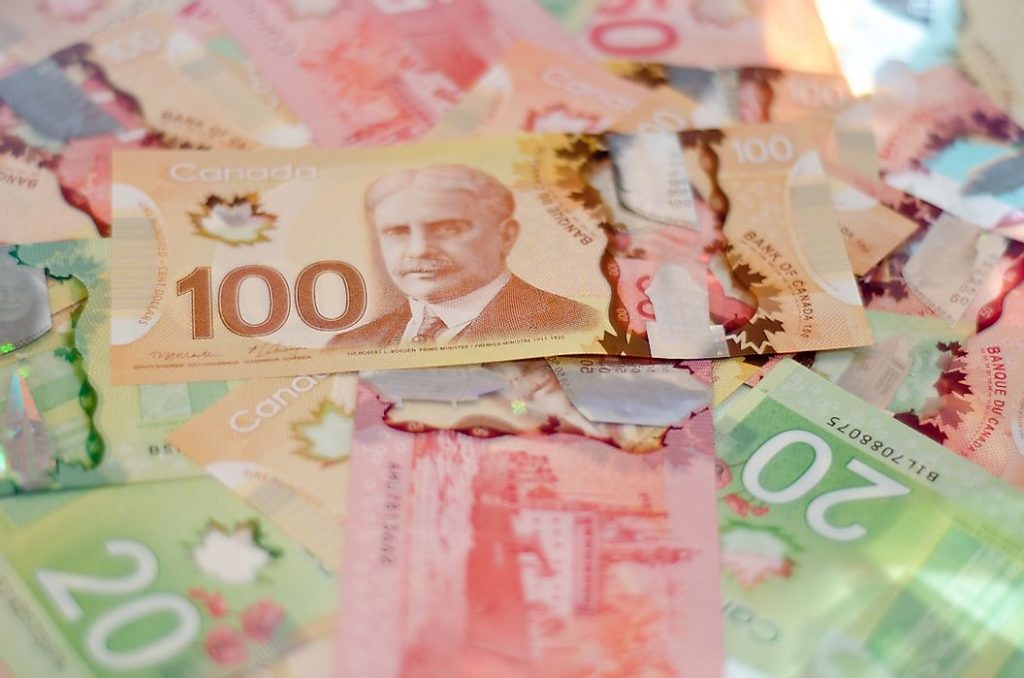
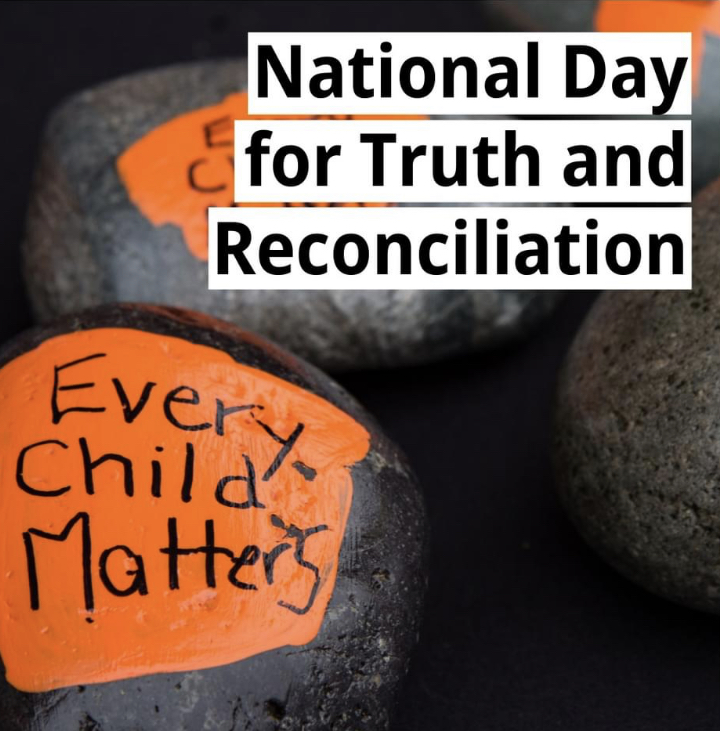
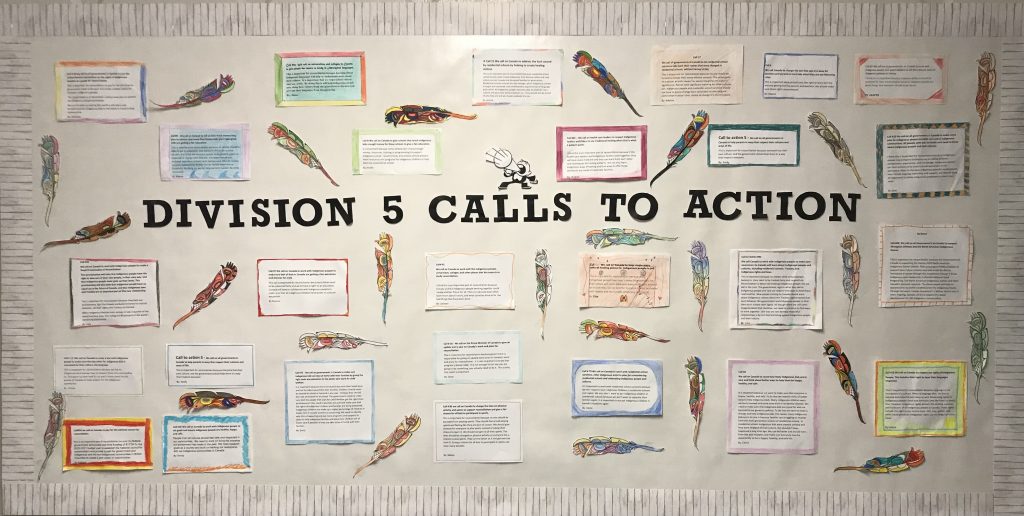
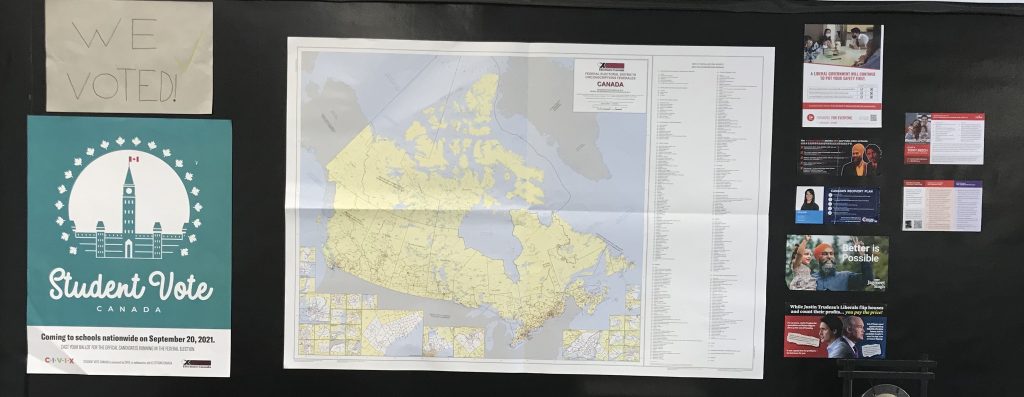
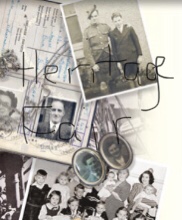
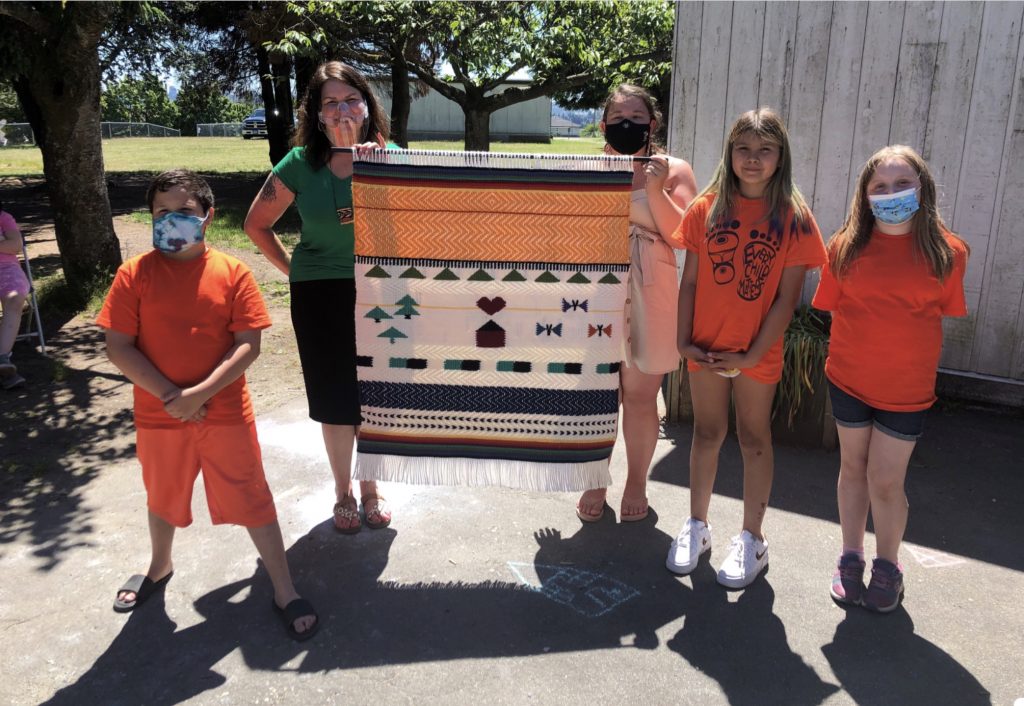
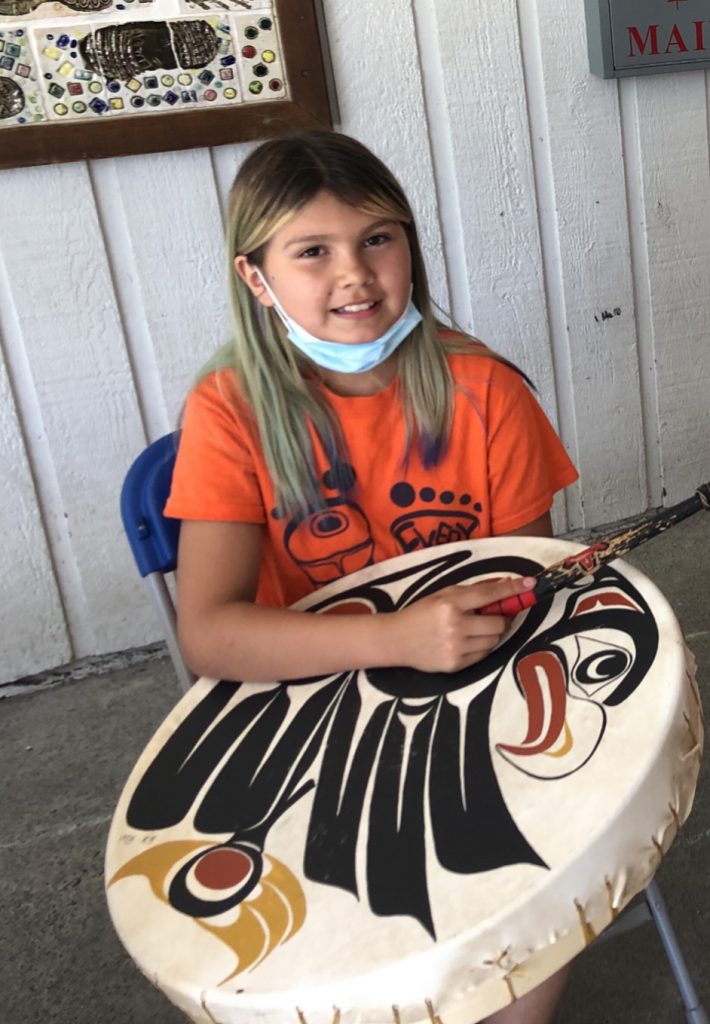 What a wonderful way for us to mark National Indigenous Peoples Day! Last year, we embarked on a weaving project with Coast Salish weavers Angela George and her apprentice Caitlin. They led us through a process where together we brainstormed our school values. Words such as kind, caring, our natural environment and the weaving of our French and English program were all ideas that were woven into the loom.
What a wonderful way for us to mark National Indigenous Peoples Day! Last year, we embarked on a weaving project with Coast Salish weavers Angela George and her apprentice Caitlin. They led us through a process where together we brainstormed our school values. Words such as kind, caring, our natural environment and the weaving of our French and English program were all ideas that were woven into the loom.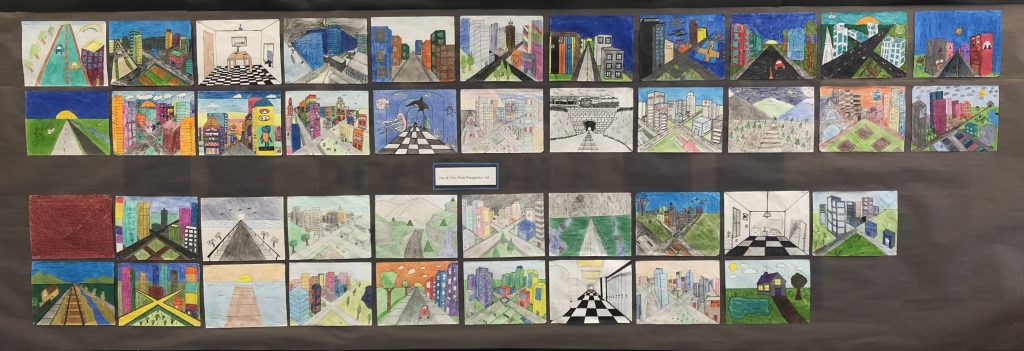
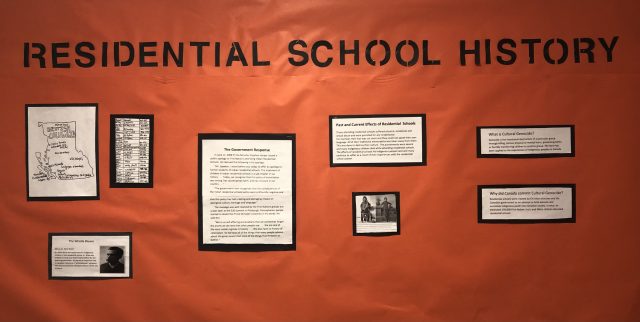
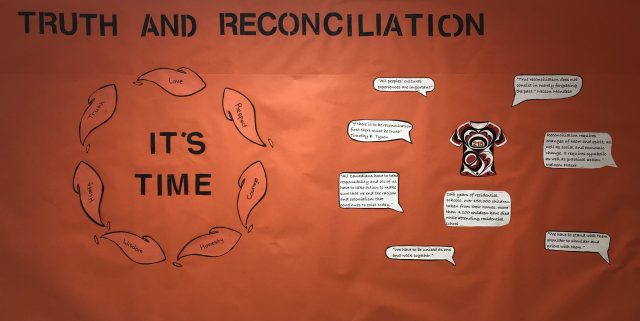
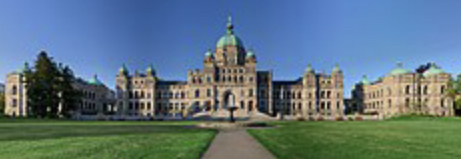 Today we had a virtual field trip to the Legislature. We explored the Parliament Buildings and learned about their design, history and use. We learned about important symbols of the Legislative Assembly and discussed significant historical, political and social events in B.C. and how they relate to the Legislative Assembly.
Today we had a virtual field trip to the Legislature. We explored the Parliament Buildings and learned about their design, history and use. We learned about important symbols of the Legislative Assembly and discussed significant historical, political and social events in B.C. and how they relate to the Legislative Assembly.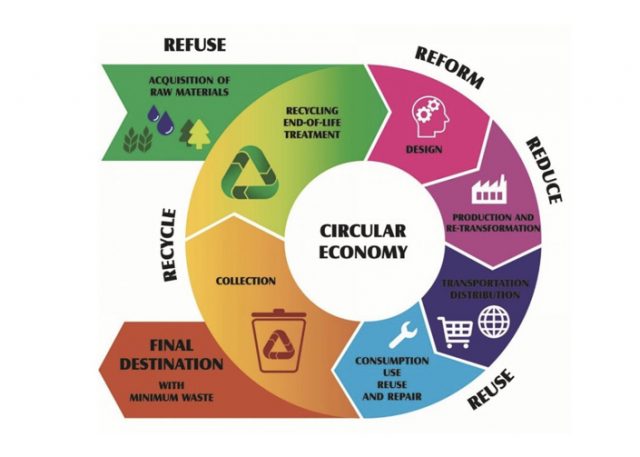 On Wednesday we had a virtual field trip on zero waste and circular economies. Students learned about the 3Rs and examined why it is so important to reduce and re-use our resources. They explored the “how to” for recycling and composting and discovered solutions for sustainable waste management and how to remake materials and products to be used again and again, mimicking natural cycles in nature.
On Wednesday we had a virtual field trip on zero waste and circular economies. Students learned about the 3Rs and examined why it is so important to reduce and re-use our resources. They explored the “how to” for recycling and composting and discovered solutions for sustainable waste management and how to remake materials and products to be used again and again, mimicking natural cycles in nature.